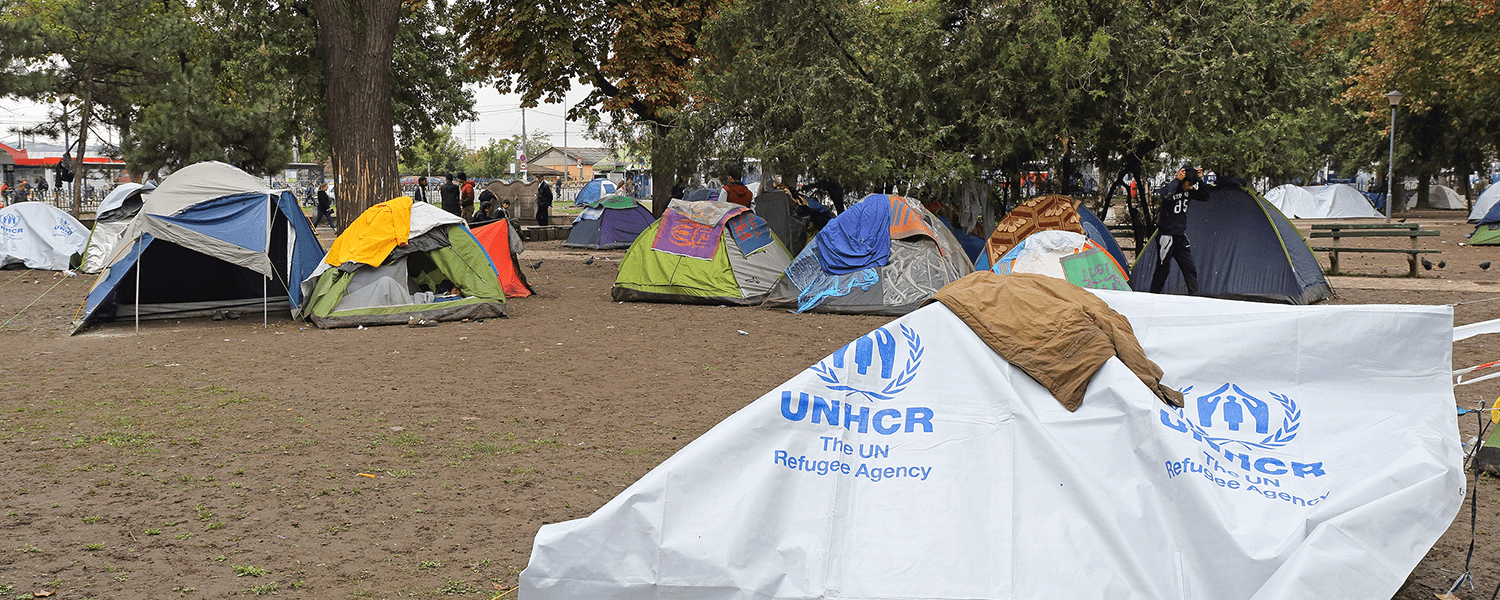Advisian staff volunteered their time and expertise to carry out a groundwater exploration program in Kakuma Refugee Camp, located in a remote corner of northwest Kenya.
The Situation
The objective of the project was to add to the knowledge of hydrogeology in the area, provide drilling targets for new water wells, introduce an improved geophysical approach to water exploration, and provide training for refugees and local Turkana through the Kakuma WASH (Water, Sanitation, and Hygiene) program.
Approach
ERT (Electrical Resistivity Tomography) was used to differentiate granular overburden from clay, weathered rock from fractured rock, fresh water from saline water, and to delineate faults. Seismic refraction surveys clearly delineated top of bedrock. The combination of ERT and seismic refraction are a vast improvement over the typically run one-dimensional vertical electrical soundings, which must assume perfectly flat lying geology.
Results
The results of this program revealed the geology and hydrogeology of Kakuma to be far more complex than previously believed. Nevertheless, in May 2016, two months after the completion of the geophysical program, three high-yielding wells testing at sustainable yields of 29 m3/hr, 40 m3/hr, and 45 m3/hr were drilled and completed based on the geophysics results. Given UNHCR’s (United Nations High Commissioner for Refugees) practice of pumping wells for 10 hours per day, with a target water supply of 20 litres per person per day, these first three wells can provide water to 57,000 refugees.

